What is PDA in Computer?
Personal Digital Assistants (PDAs) represent a significant milestone in mobile computing, bridging the gap between early electronic organizers and today’s sophisticated smartphones. Originally introduced in the 1990s as simple digital calendars and contact managers, PDAs have evolved into powerful handheld computers capable of running complex applications across various industries.
This comprehensive guide explores the full spectrum of PDA technology, from its basic definition to advanced industrial applications. We’ll examine key features, compare different types of PDAs, and highlight how modern rugged devices like the Kingtop KT-KP26 are transforming professional workflows in logistics, healthcare, field service, and industrial operations.
1. Understanding PDAs: Definition and Core Functionality
1.1 What Exactly is a PDA?
A Personal Digital Assistant (PDA) is a handheld mobile device that combines computing, communication, and organizational functions. Unlike traditional computers, PDAs emphasize portability and touch-based interaction while maintaining robust data processing capabilities.
Modern PDAs have expanded far beyond their original purpose as personal organizers. Today’s industrial PDAs incorporate:
- Advanced mobile operating systems
- Enterprise-grade security features
- Specialized data capture technologies (barcode scanners, RFID readers)
- Ruggedized designs for harsh environments
- Long-lasting battery systems
1.2 Historical Context: From Newton to Modern Rugged PDAs
The PDA concept traces back to early devices like the Apple Newton (1993) and Palm Pilot (1996), which introduced handwriting recognition and synchronization with desktop computers. These pioneering devices established core PDA functionality that remains relevant today:
- Contact management
- Calendar and scheduling
- Note-taking capabilities
- Basic productivity applications
The convergence of PDA and mobile phone technologies in the early 2000s led to smartphones, while specialized industrial PDAs continued evolving to meet professional needs for durability and specialized functionality.
2. The Kingtop KT-KP26: A Case Study in Modern PDA Technology
2.1 Overview and Key Specifications
The Kingtop KT-KP26 represents the current state-of-the-art in rugged industrial PDAs, combining advanced computing power with specialized professional features:
Core Specifications:
- Display: 6-inch ultra-high definition sunlight-readable touchscreen
- Processor: MediaTek 900 chipset with 4G/5G cellular support
- Data Capture: Integrated Newland CM60 1D/2D barcode scanner with NFC/RFID support
- Durability: IP67 sealed against dust/water, 1.5m drop resistance
- Battery: 5000mAh replaceable battery with quick charging
- Operating Conditions: -21°C to 60°C operational range
2.2 Technical Advantages for Professional Use
The KT-KP26 delivers several critical advantages for industrial and field applications:
- Enhanced Productivity:
- High-speed barcode scanning (up to 600 scans/second)
- Real-time data synchronization via 5G/Wi-Fi
- Multi-tasking capability with industrial Android OS
- Reliability in Challenging Environments:
- Military-standard shock and vibration resistance
- Chemical-resistant casing
- Glove-compatible touchscreen
- Enterprise Security:
- Fingerprint authentication
- Data encryption
- Remote device management capabilities
3. Comprehensive Classification of PDA Types
3.1 By Operating System
Android PDAs:
- Dominant in modern industrial applications
- Benefit from vast app ecosystem
- Examples: Kingtop KT-KP26, Zebra TC series
Windows PDAs:
- Traditional choice for enterprise applications
- Strong Microsoft Office compatibility
- Examples: Honeywell Dolphin, Intermec CN50
Specialized OS PDAs:
- Proprietary systems for specific vertical markets
- Often found in legacy systems
3.2 By Form Factor and Ruggedness
| Type | Characteristics | Typical Use Cases |
|---|---|---|
| Consumer PDAs | Slim designs, basic durability | Personal organization |
| Semi-Rugged PDAs | Moderate protection (IP54) | Retail, light industrial |
| Fully Rugged PDAs | Military-grade (IP67, MIL-STD) | Logistics, field service |
| Vehicle-Mount PDAs | Integrated with forklifts/vehicles | Warehouse operations |
4. Advanced Functions of Modern PDAs
Modern PDAs have evolved into complete mobile computing solutions with capabilities far exceeding their original designs:
4.1 Data Collection and Processing
- Barcode Scanning: Laser/imager scanners for inventory management
- RFID/NFC: For asset tracking and contactless data transfer
- Image Capture: High-resolution cameras for documentation
- Sensor Integration: GPS, environmental sensors, etc.
4.2 Communication and Connectivity
- Cellular: 4G/5G for real-time data access
- Wi-Fi 6: High-speed wireless in facilities
- Bluetooth 5.1: Peripheral device connectivity
- Satellite Communication: For remote area operation
4.3 Enterprise Integration
- ERP/CRM System Access: Real-time business data
- Custom Application Support: Vertical market solutions
- Cloud Synchronization: Automatic data backup
5. Rugged PDAs vs. Consumer Smartphones: Detailed Comparison
While smartphones share some PDA functionality, professional rugged PDAs offer distinct advantages:
| Feature | Rugged PDA | Consumer Smartphone |
|---|---|---|
| Durability | IP67+, drop-tested | Basic water resistance |
| Battery Life | Hot-swappable, 5000mAh+ | Fixed, smaller capacity |
| Data Capture | Professional-grade scanners | Camera-based (limited) |
| Operating Range | -21°C to 60°C | 0°C to 35°C |
| Device Management | Enterprise MDM support | Limited control |
| Software Support | Long-term OS updates | Short update cycles |
| Total Cost of Ownership | Lower (5-7 year lifespan) | Higher (frequent replacement) |
6. Industry-Specific Applications of Modern PDAs
6.1 Logistics and Warehouse Management
- Real-time inventory tracking
- Package scanning and sorting
- Yard management and dock operations
6.2 Healthcare and Hospital Use
- Patient identification and records
- Medication administration verification
- Mobile clinical documentation
6.3 Field Service and Maintenance
- Equipment repair documentation
- Parts ordering and inventory
- Customer signature capture

6.4 Retail and Inventory Management
- Shelf auditing and price verification
- Mobile point-of-sale
- Loss prevention
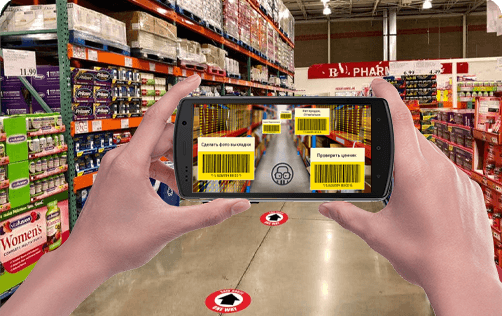
7. Future Trends in PDA Technology
The PDA market continues evolving with several emerging trends:
- AI Integration: Smart data capture and predictive analytics
- Modular Designs: Swappable components for customization
- Enhanced Biometrics: Facial recognition and voice authentication
- Sustainability: Longer lifecycles and eco-friendly materials
8. Conclusion: The Enduring Value of PDA Technology
While consumer smartphones dominate personal use, professional PDA technology continues thriving in industrial and enterprise applications. Modern rugged PDAs like the Kingtop KT-KP26 demonstrate how these devices have evolved into indispensable tools for business operations, offering:
- Unmatched durability for challenging environments
- Specialized functionality not available on smartphones
- Enterprise-grade security and manageability
- Long-term reliability with lower total cost of ownership
For organizations requiring reliable mobile computing in logistics, healthcare, field service, or industrial settings, investing in professional PDA solutions delivers measurable improvements in efficiency, accuracy, and workforce productivity. As technology advances, PDAs will continue adapting to meet the evolving needs of professional mobile computing.

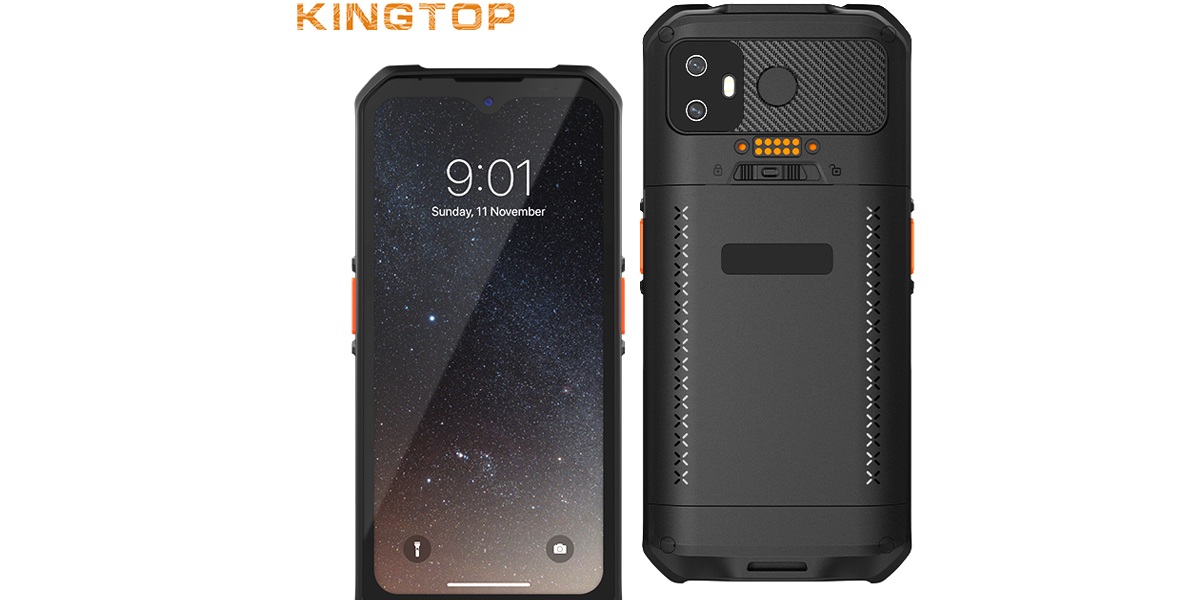

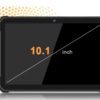
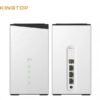


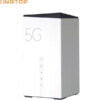






Leave a reply